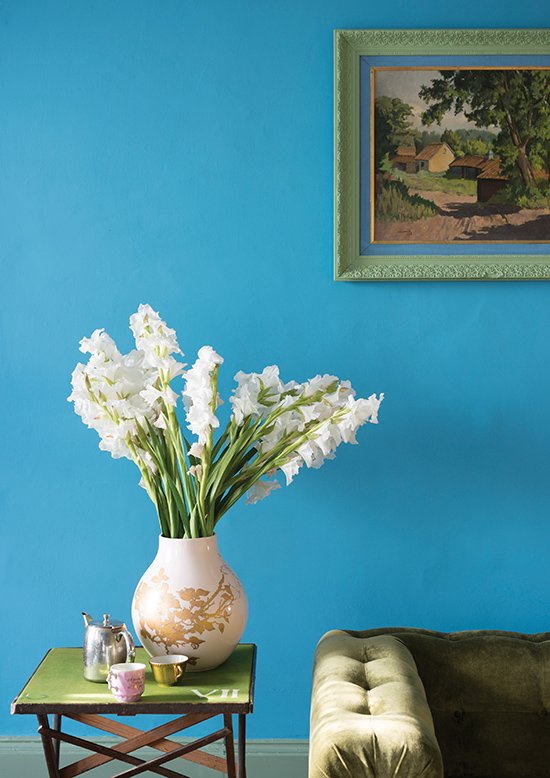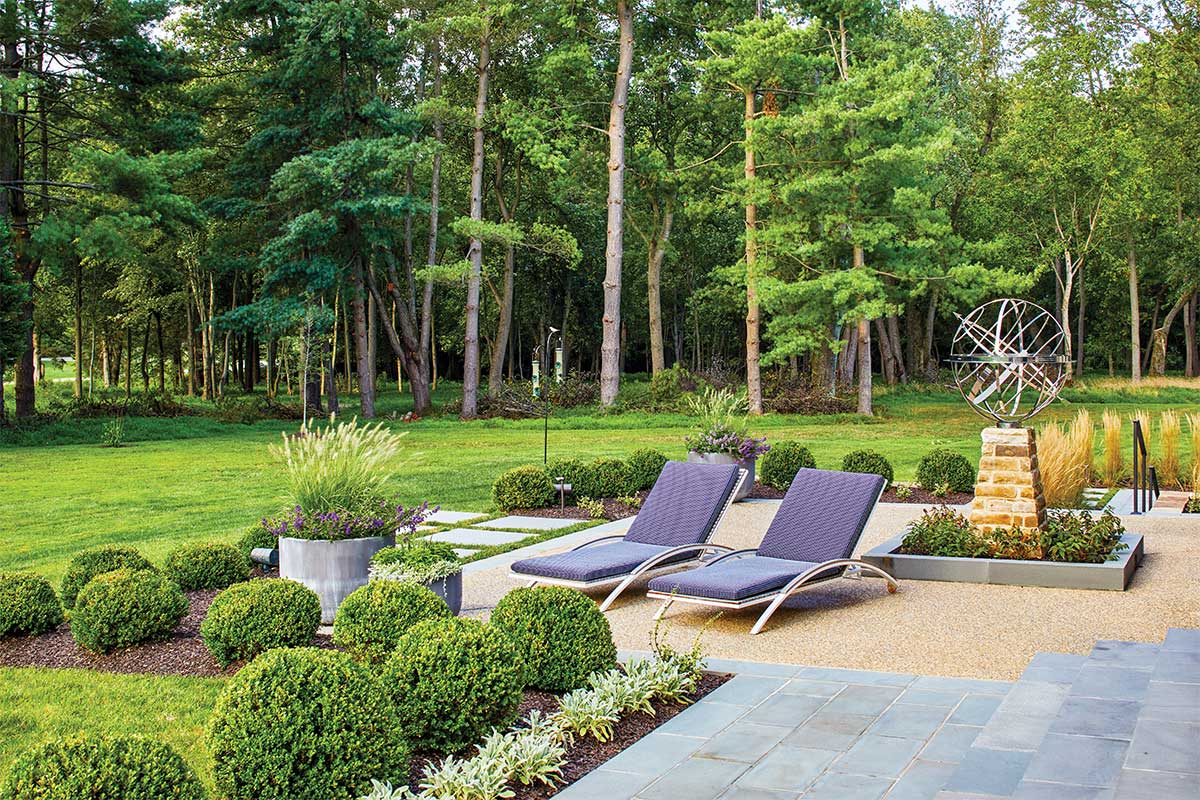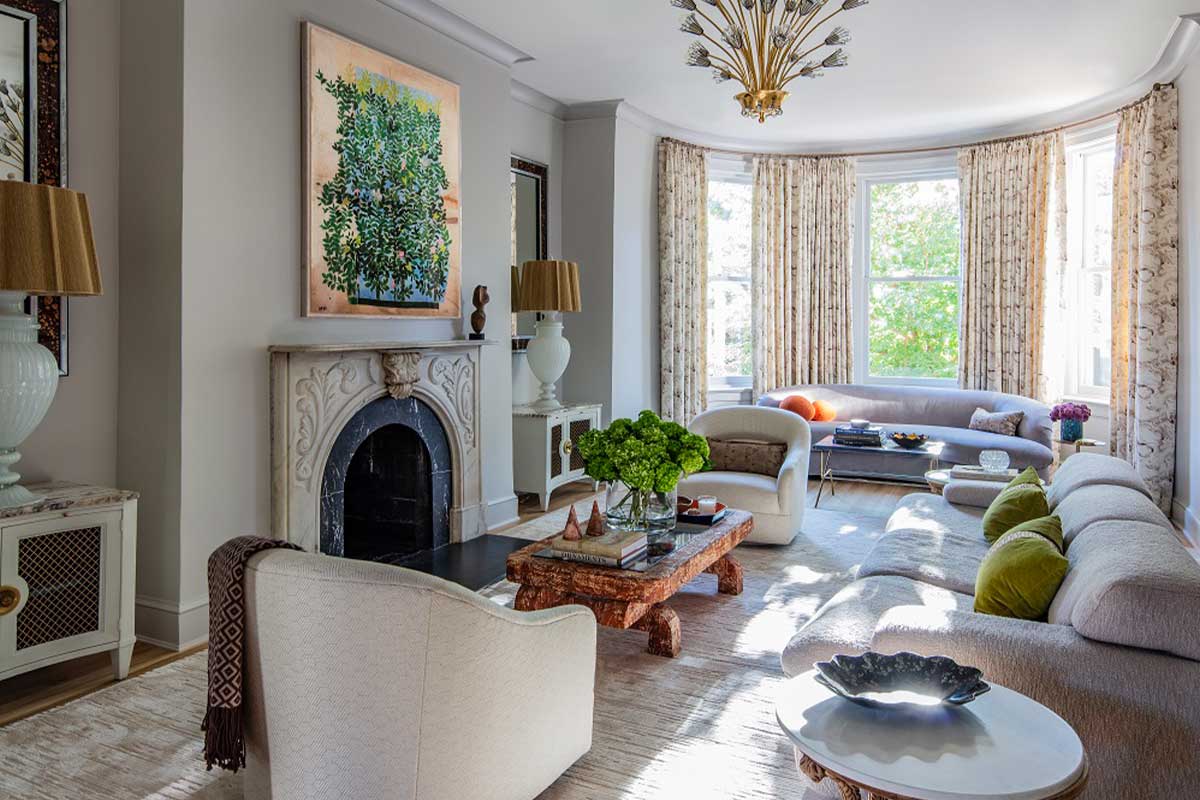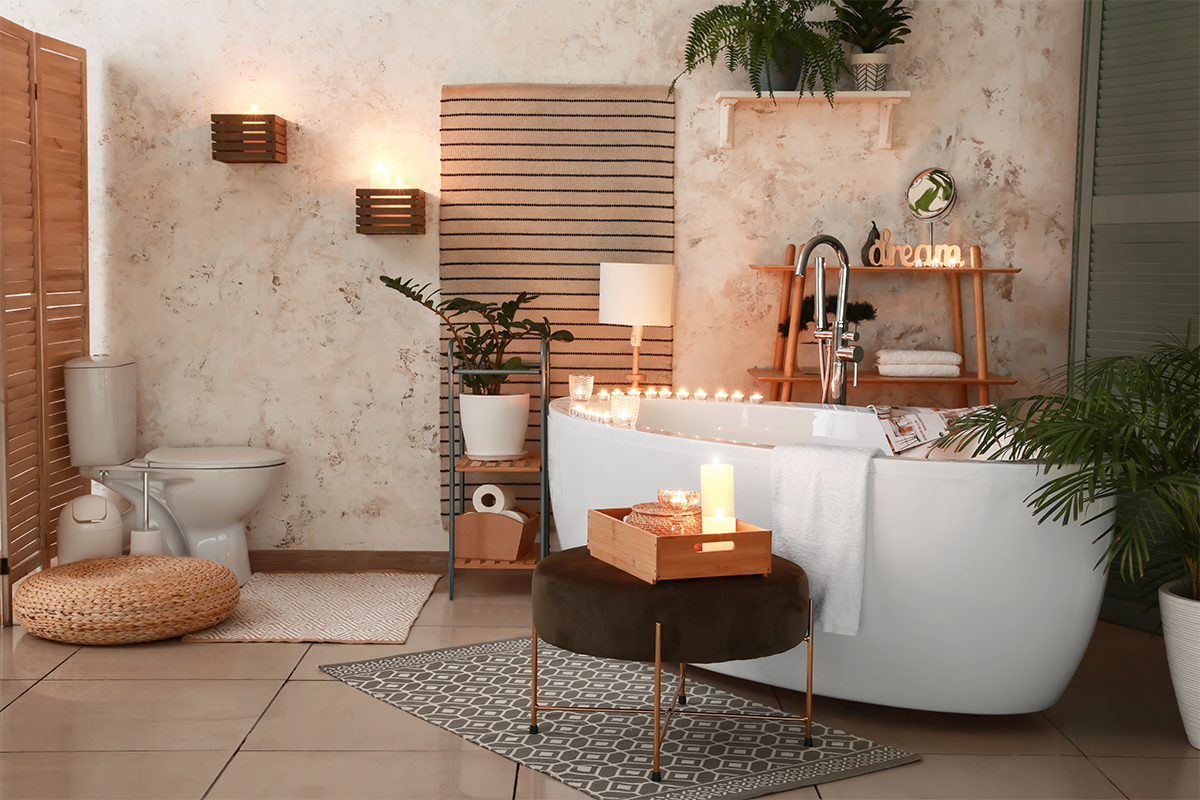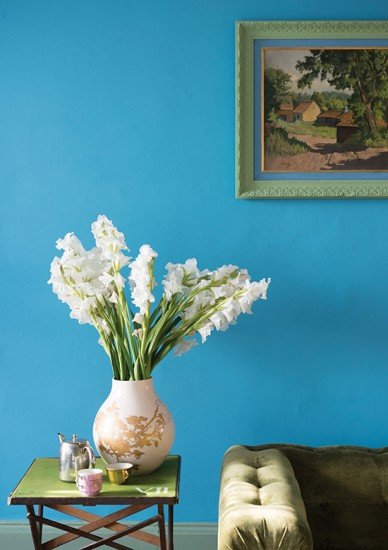
By Jennifer Shapira
What is your process for choosing paint names?
Our paint names are just as much a part of the color as the colors themselves. The names are chosen by the same small team who create our paint colors. We take inspiration from historic houses, where many of our colors were found: St Giles Blue (280) is taken from the color of a wallpaper found at 17th century St Giles House, and Hardwick White (5) is the color of the hall at Hardwick Hall. We also look to the colors of nature. Cabbage White (269), for example, is named after the delicate wings of the butterfly with the same name, and Purbeck Stone (275) is the same color as the stone found on the Isles of Purbeck. Like Purbeck Stone, many of our colors and color names are inspired by our Dorset roots—Mizzle (266) being the West Country term for the mix of mist and drizzle, and Dimpse (277), the Dorset word for the color of the sky at twilight. We also use our names to honor interior designers or friends of Farrow & Ball. Cornforth White (228) is named for the interior designer, John Cornforth, and Joa’s White (226) is named for our international color consultant.
How much time elapses from idea to becoming an official paint color name?
We only introduce new paint colors every two or three years, so the whole process takes around that long. There is a small team that consider long-term decorating trends and talk to our color consultants and customers to see which colors we feel need to be added to the card. We only ever have 132 colors on our color card, so each and every one has to really earn its place.
And Charlotte’s Locks named for you?
Charlotte’s Locks (268) is named after my hair, but don’t worry, it’s not as vibrant as this hot orange. Charlotte’s Locks was added to the color card in 2011, and at the time we needed to add a strong orange to our palette.
What are some of the quirkiest, unusual names for Farrow & Ball colors?
I’m often asked about Dead Salmon (28), which is in fact named after a description of a color found on a bill dating from 1805 at Keddleston Hall. “Dead” actually refers to the paint finish and “Salmon” to pink hue so nothing to do with the fish. Similarly, Elephant’s Breath (229), which so immediately conjures an image of exactly this shade of gray, was named for John Fowler, one of the greatest colorists of his generation.
(June 2015)

